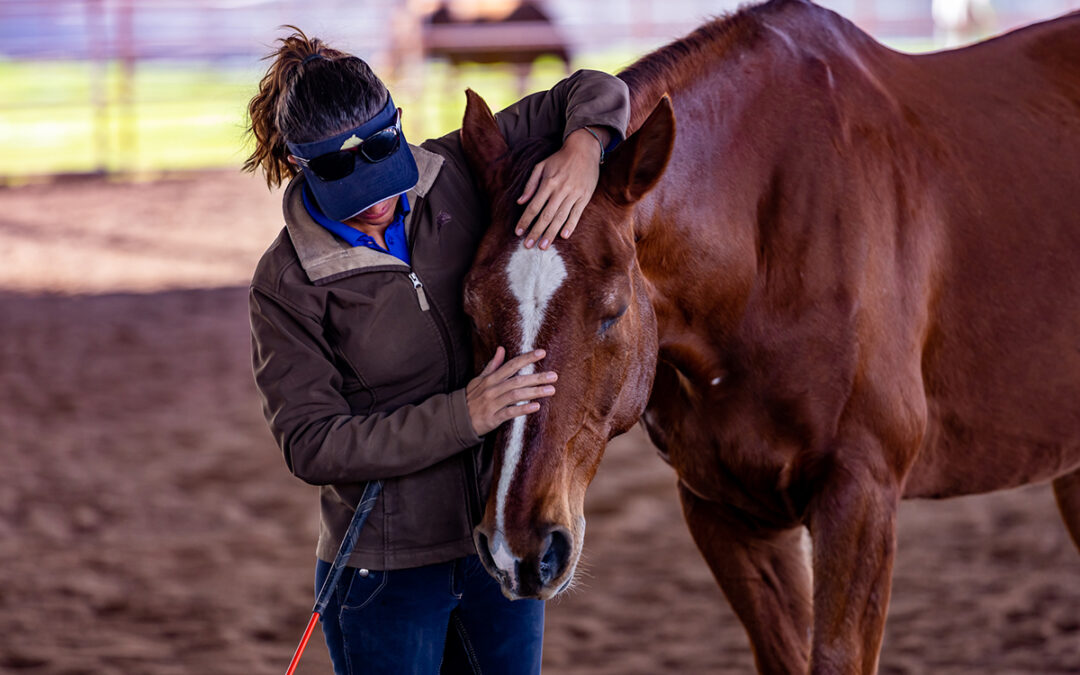
by TheSavvyEquestrian | Oct 11, 2020 | Horsemanship
Why We Warm Up What is the purpose of a “warm-up” and why do I often do it on the ground before I hop on? The goal of a warm-up with your horse should be to make sure they are Calm, Connected and Responsive. Here’s why!!! First of all, if your horse is not calm,...


